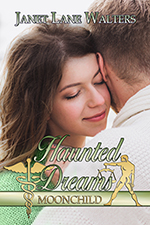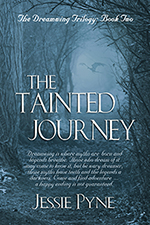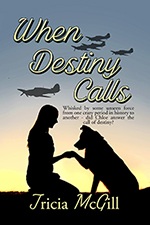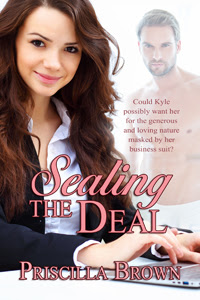Visit Roseanne Dowell's BWL Author Page for details and purchase information
Learning to Lie – Putting it all together.-
So now we know that ideas are all around us - From our workplace to our neighbors. From getting stuck in traffic to grocery shopping and thumbing through magazines to reading the classified. Let’s put it all together.
We overhear a conversation in a restaurant. The woman is crying. Is she breaking up with her date? Is he breaking up with her? Or maybe those are happy tears? It’s not necessary to know the truth. Your writer’s mind starts working and you imagine what you want. My husband came home from the bank one day and told me of a conversation he heard about deadbeat dads, That conversation sparked an idea in me, and hence the book deadbeat dads came about. I did have to do some research for the book, I talked to several women who experienced ex-husbands not paying child support. Don't forget to acknowledge them in your book.
Putting it all together comes naturally for me. I start off with an idea and characters, I always know the end, without it I can't continue to write the story. What happens in the middle is as much a surprise to me as it is for the reader. Right now, I have two works in progress. Unfortunately, I don't know the end of either one and I'm stuck. Writers' Block 101 for me. I sit and stare at empty pages of the computer. I've lost my writing buddy and don't have anyone to throw ideas around with. Not that it would matter much, without knowing the end, ideas for the middle won't help.
Learning to lie - what does that mean? Very simply I write fiction. While some of the stories is based on fact or something that happened to me or someone I know or heard about, most of it is made up, embellished, and let's face it, downright lies. Surely, none of this stuff can happen in real life, right?
You begin to formulate a story about it. You don’t even need to describe the characters in your story with the same description of the people you see. Your mind will create your own characters. Maybe this lady has jet black hair. Your character may have gray hair or blond. Short, long, straight, curly it doesn’t matter.
What matters is that you create your characters. Maybe they're young, old, middle-aged. Again, it doesn’t matter. What matters is to visualize your character in your mind. And make notes!!! Nothing is worse than reading about a blond who suddenly has dark hair halfway through the book. And be careful with names too. I wrote a story using the character’s name, Daniel Stephens. Halfway through I accidentally changed it to Stephen Daniels. Fortunately, I always ask people to read my stories before I submit them and someone told me about it. Oh, and do identify your character's age at the beginning of the story. There's nothing worse than reading about someone you thought was in their twenties and discover halfway through the book they're fifty. How do you do this? Well, hopefully not by saying Ellen was fifty. But through the description and I don't mean by telling us she has gray hair or wrinkles. But showing us. Ellen brushed a strand of gray hair from her shoulder. The rate her hair was falling out, she'd be bald by the time she was fifty. There, I just showed you a scene that described her hair color and gave you her age.
Another point, find a writing buddy! Someone you can exchange stories with or someone whose judgment you know and trust. Oftentimes, family and friends are afraid to criticize your work, afraid they’ll hurt your feelings. Trust me, sometimes these critiques do hurt, after all, you worked for hours to put these words to paper and you love this story, it’s a part of you.
But you want it to be the best you can do. So DO keep an open mind. If you ask for someone’s opinion, respect it. You don’t have to take all of their advice; it is your story after all. I once had an editor tell me to cut a whole scene. A scene I felt was critical to the story. I had several writer friends read the story. After they were done I asked if they thought I should cut the scene. They all said no, it was important to the story. Alas, I didn’t get the story published, but it remains intact and I’ve submitted it elsewhere. But I have often made changes when an editor suggested them and for the most part, it made for a much stronger story. I often ask three people to read my story. If two of the three comment on the same thing, I know it needs to be changed. If only one comments on it and the others think it's fine, then I leave it.






















